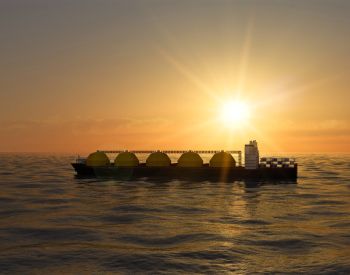Client
Anonymous
Asset
20MW battery storage project
Result
The battery was successfully connected to the Australian power grid.
Client challenge
Our client, a leading global technology company, was required by the Australian National Electricity Rules, to demonstrate full compliance in order to connect a battery to the grid. The battery storage project located in Southern Australia, is one of the first installations in the world to employ a 'grid forming' inverter (or 'virtual synchronous machine’) in a grid connected application. It operates as part of the grid but is also capable, in the event of a network outage, of operating as an island (with minimal reconfiguration) with a local wind farm and customer load.
How we helped
We were engaged by the OEM for the BESS inverter, control and automation system supplier, initially to build and test a dynamic model of the inverter with virtual generator controls in PSS/E software (as used by the system operator AEMO). From 2016-2018 we provided dynamic model software implementation, model acceptance testing, technical standards due diligence, control system parameter tuning, power system dynamics advisory services, technical stakeholder negotiations, and tuned the controls to demonstrate full compliance of the installation.
Through a process of incremental improvement to the plant controls, we succeeded in gaining acceptance for novel electrical technology in a market characterised by some of the world's most strict technical requirements, and a difficult regulatory environment with rapidly evolving due diligence expectations, following a system blackout in South Australia in 2016. This required carefully explaining the differences between the technical behaviour expected of grid-forming inverter technology in contrast to the grid-following inverter technology used in all wind, solar and storage applications in the Australian market to date.
This project now serves as a practical demonstration of the ability of grid-forming inverter technology to supply critical network services including system strength, inertia and system resilience, as well as storing and supplying energy to support Australia's status as a world leader in renewable energy penetration in a large power system.
The need for large-scale and innovative energy storage solutions to support high penetrations of renewable energy generation, particularly in Southern Australia, was identified after the 2016 South Australia blackout. Technical issues relating to system strength and inertia have also emerged in the past decade as a major potential barrier to increased deployment of renewable energy displacing traditional synchronous generators. Renewable energy and storage solutions, particularly those using newer technologies, are also subject to a rapidly increasing level of technical due diligence requiring a high level of responsive technical expertise. Our knowledge, understanding and experience with both traditional power system dynamics and recent breakthroughs in power electronics have been utilised to maximum effect in bringing this project to a successful conclusion.
We continue to work with a number of OEMs supporting their technology and projects, principally in Australia but increasingly with a view to global opportunities. This involves the full scope of services as provided above for the project.
Powerful results
Our rigorous testing provided the assurance our client required to ensure they met full compliance with the technical requirements of the Australian National Electricity Rules.
The team at Vysus Group provided an exceptional level of service and gave us the confidence that our battery energy storage system would meet the standards required. They played an instrumental role in getting the simulation model to the level of compliance in line with the relevant AEMO requirements.


